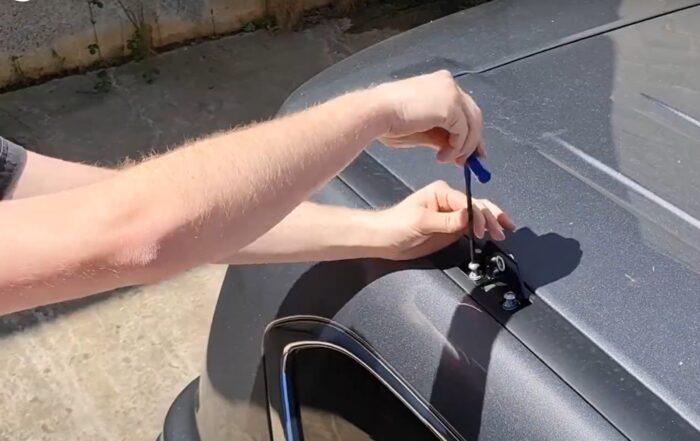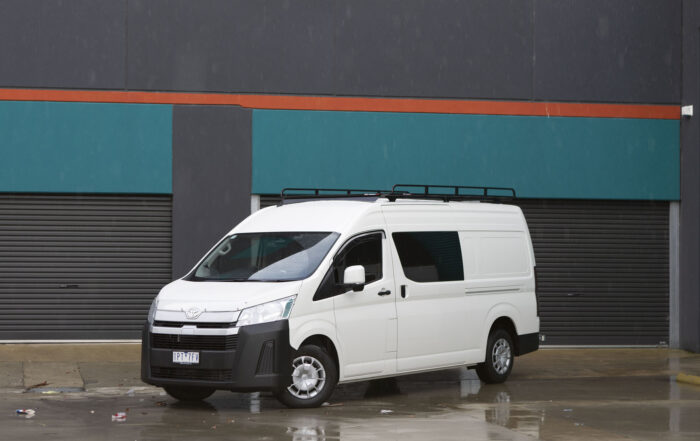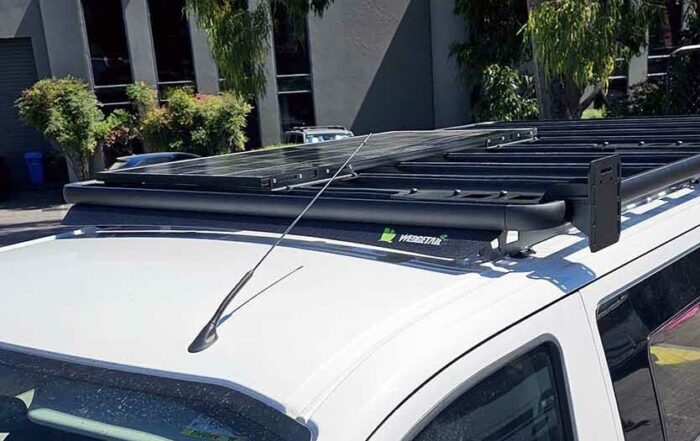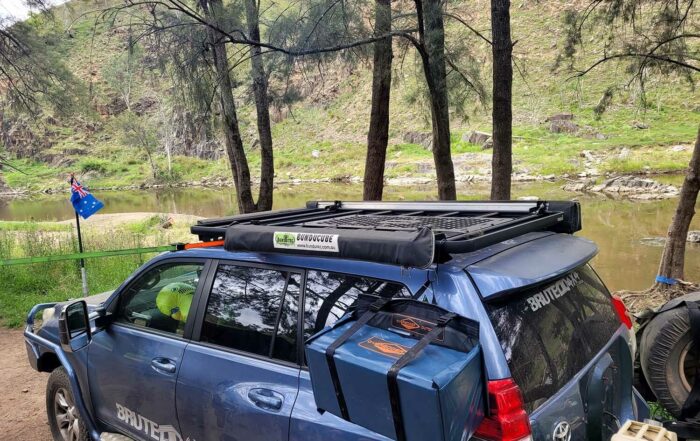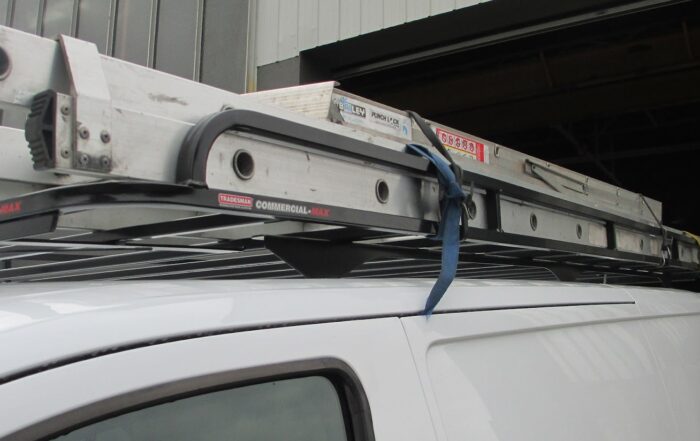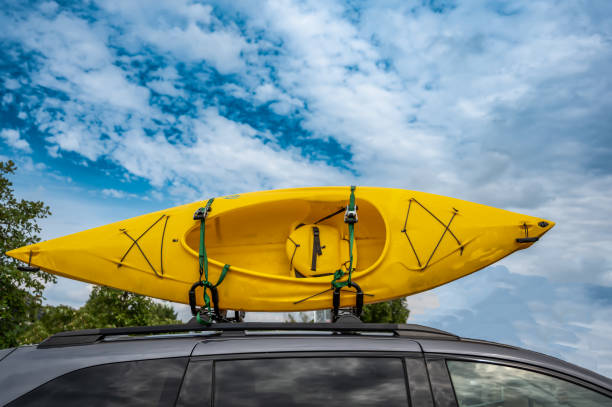
How To Tie Down Your Canoe With Your Roof Rack
September 25, 2023
When it comes to securing a canoe to your car, the method you choose depends largely on whether or not you have a roof rack available. Roof racks/tradie racks are the preferred choice as they offer the most reliable fastening and minimize the chances of harming your vehicle.
If your car is equipped with a roof rack, you are in an ideal position for safely securing a canoe. To do so, follow the steps outlined below.
1. Lift the Canoe onto the Roof Rack
Lift the canoe and place it onto the vehicle’s roof rack. For lower vehicles, this can typically be accomplished by a single person, although having two individuals makes it easier and safer.
2. Protect the Gunwales
To shield the canoe’s gunwales, consider inserting foam blocks or a protective cloth between the gunwales and the vehicle’s roof racks.
3. Balance the canoe
Ensure the canoe is balanced on the crossbars, preventing it from tilting either forward or backward. Typically, this involves placing the yoke evenly between the crossbars. Position the canoe in a straight line, perfectly aligned with your vehicle. If it’s even slightly misaligned, wind resistance during the drive can exert uneven pressure on one side of the canoe.
4. Toss Cam Straps Over the Roof
Positioned on the passenger side of the vehicle, toss the non-buckle end of your cam strap across to the opposite side of the vehicle. Repeat this step for both the front and rear straps of the canoe, using one for each roof rack bar.
5. Wrap the Straps and Toss Back
On the driver’s side of the vehicle, encircle the strap around your roof rack bars and send the non-buckle end of the cam strap back across to the passenger side. Repeat this process for both the front and rear straps.
6. Secure and Fasten the Straps
Take the non-buckle end of the cam strap and pass it underneath the bar on the passenger side, threading it up through the cam strap’s buckle to initiate the tightening process.
7. Tighten the Straps
Commence tightening the straps with the buckle positioned near the base of the canoe (the highest point when the canoe is upside down). This allows ample room to pull the strap taut before the buckle reaches the bar. Repeat this process for both the front and rear straps.
8. Secure Loose Ends
Once the straps are securely fastened, tie off any loose ends to prevent them from flapping in the wind.
9. Fasten Bow and Stern Lines
For added security, ensure both the front and rear of the canoe are anchored with bow and stern lines. The attachment points may vary depending on your vehicle; some vehicles have built-in attachment points beneath the front and rear, while others may require the use of hood/trunk tie-down loops.
10. Final Inspection
Conduct a thorough final check to confirm the canoe is securely affixed to the car, ensuring that when you shake the canoe with two hands, the vehicle moves in tandem with it.
Most Recent Posts
How to install a Tradesman Roof Rack
Jonah Samuel2024-06-24T14:48:57+10:00June 24, 2024|
Specialists in roof racks for Toyota vehicles
Jonah Samuel2024-06-24T16:02:25+10:00May 23, 2024|
Top 5 Victorian High Country 4WD Tracks
Jonah Samuel2024-05-07T16:25:59+10:00May 7, 2024|
Why roof racks make noise and how to prevent it
Jonah Samuel2024-03-26T20:13:13+10:00March 26, 2024|
Everything you need to know before buying roof racks
Jonah Samuel2024-03-26T20:05:50+10:00March 26, 2024|
Customisation Options for Roof Racks
Jonah Samuel2024-03-01T16:10:30+10:00March 1, 2024|

